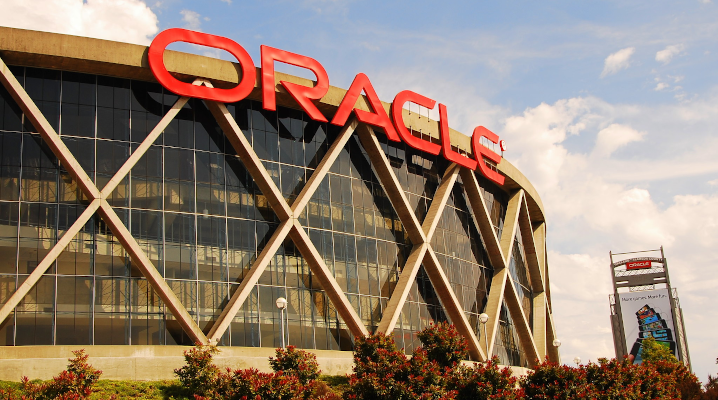 CLOUD
CLOUD
 CLOUD
CLOUD
 CLOUD
CLOUD
Pressing what it says is an advantage in the market for high-performance computing cloud services, Oracle Corp. today is rolling out a series of new offerings aimed at customers demanding high horsepower for applications ranging from three-dimensional visualizations to video rendering.
The company is also introducing a service that provides cloud instances of the low-power Arm processors widely used in mobile devices.
Oracle is still far behind the leaders in cloud infrastructure, although the company has been making headway. Gartner Inc. recently wrote that Oracle has “made substantial year-over-year gains” and that its cloud business “is now well-positioned to handle broad lift-and-shift use cases” and hybrid workloads. The company has 25 regions globally and plans to grow to 35 by this time next year, said Karan Batta, vice president of product management for Oracle Cloud.
Oracle today said that by early next year, it will offer its HPC compute instances based on Intel Corp.’s 10-nanometer “Ice Lake” processors, with expectations of delivering a better than 30% performance boost over the current X7 HPC generation. The Intel instances will be paired with 100-gigabit networking and sub-1.5 microsecond latency between nodes, enabling customers to “collate a set of resources as a giant supercomputer,” Batta said.
Customers will have the option to deploy either virtual or bare-metal instances with high-speed nonvolatile memory express or NVMe storage and the ability to build clusters of instances that use remote direct memory access. That technology enables nodes in a cluster to bypass the operating system when accessing each other’s memory directly.
Oracle also said it’s delivering on a promise it made in May to deliver instances based on Nvidia Corp.’s A100 graphics processing units, which are said to provide 20 times the performance of its Volta GPU predecessors. Instances will initially be available in the U.S., Europe/Middle East/Africa and Japan/Asia/Pacific regions at an on-demand price of $3.05 per GPU per hour, which Oracle said is cheaper than what competing cloud vendors charge for Nvidia’s older technology.
Customers can provision up to 512 GPUs in a single cluster for large-scale machine learning model training, scientific computing and cloud graphics workloads, along with more than 25 terabytes of local NVMe storage and 2 terabytes of memory.
Finally, Oracle said, it will offer customers the ability to launch bare-metal or virtual machines based on the Arm architecture with up to 160 cores and 3.3Ghz turbo frequency on wide variety of Linux distributions. The service is the product of a partnership with Ampere Computing LLC, developer of data center processors for cloud servers based on the high-efficiency reference design.
Oracle said the offering would provide the “best performance compared to any other x86 compute instance on a per-core basis with an order-of-magnitude cost savings.” Batta said Arm services in the cloud are popular with customers building edge computing or mobile applications.
Oracle is courting the many high-performance workloads that are still running on-premises for cost or performance reasons, Batta said. “Truly core systems have not moved to the cloud,” he said. “Most customers who are on-prem are telling us they want the best of both worlds: on-prem performance with scalability and pay-per-use pricing.”
Despite its new commitment to support Intel’s latest processors, Oracle continues to work with Intel rival Advanced Micro Devices Inc. Earlier this year, the company announced its E3 platform based on AMD’s Epyc processors. The service is notable for offering customers the option of provisioning exactly the server configuration they need, rather than choosing from a pallet of offerings.
“If you want three cores and 15 gigabytes of RAM, you can’t get that from anyone else,” Batta said. “It’s like a slider: You pick cores and memory and we give you an instance on demand.” Without announcing specifics, Oracle said it will announce the E4 platform early next year incorporating AMD’s next generation of CPUs.
THANK YOU